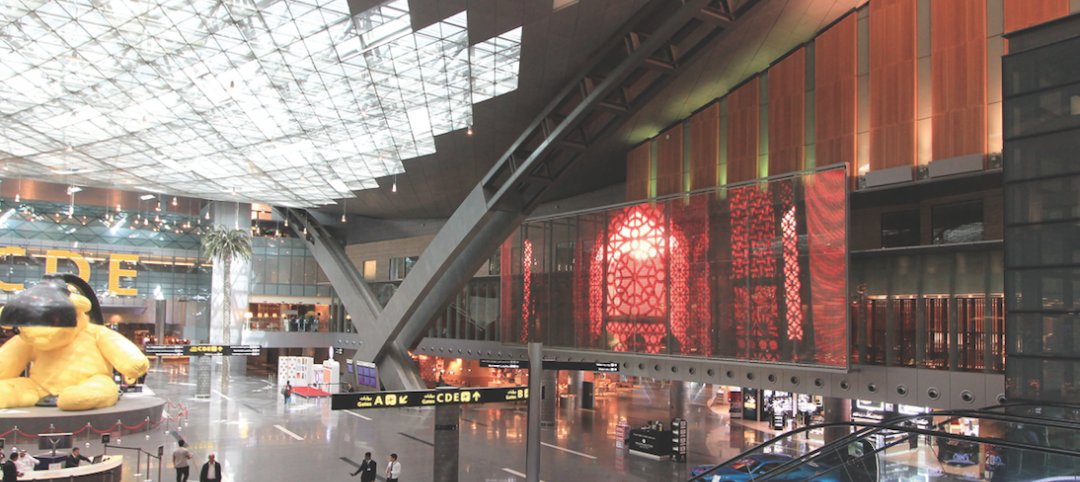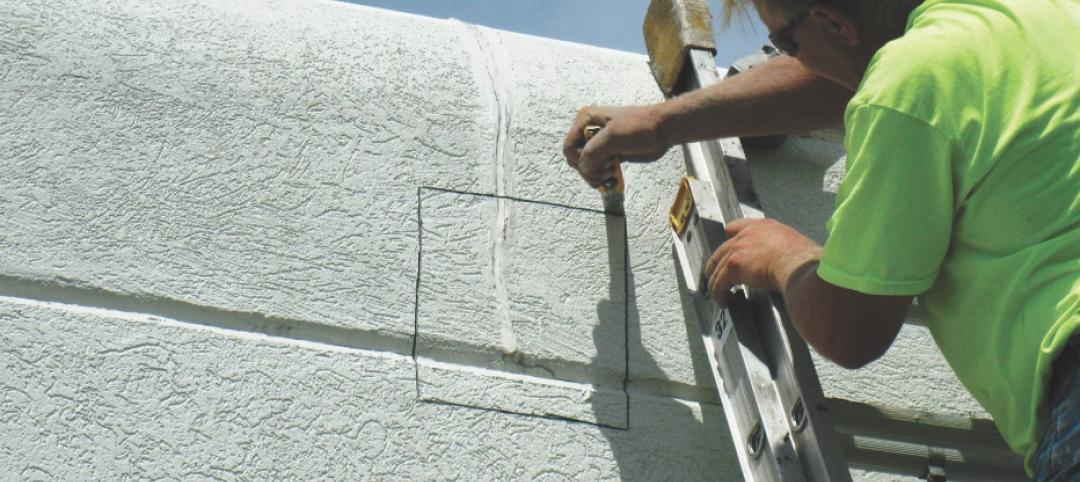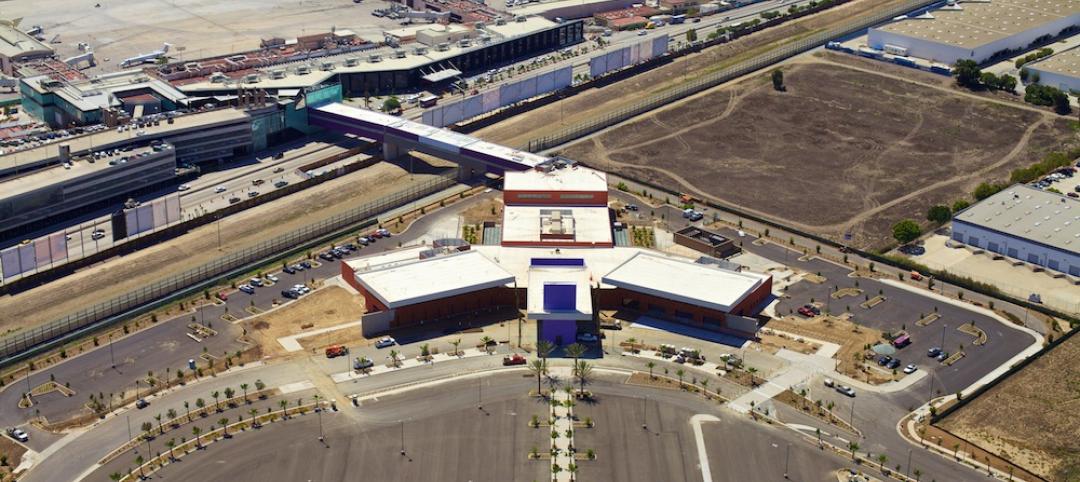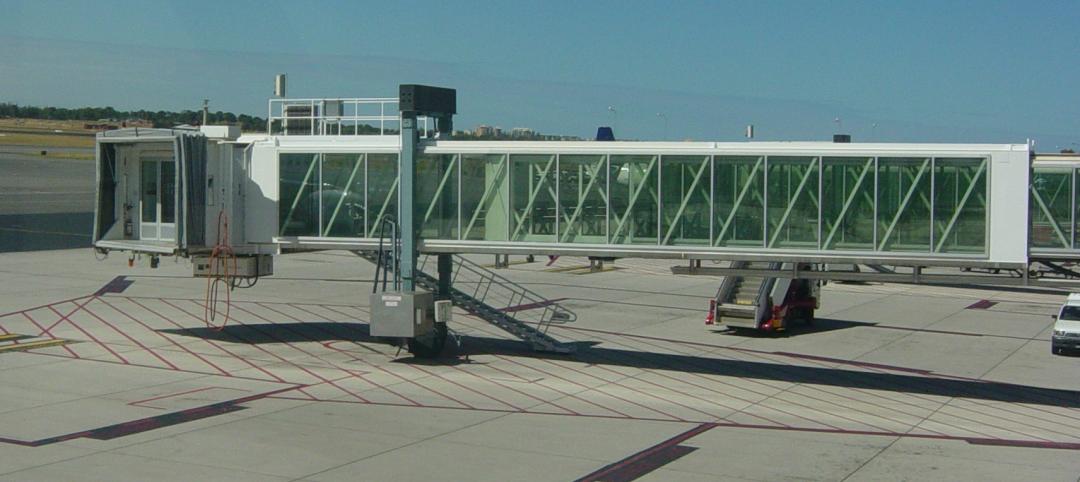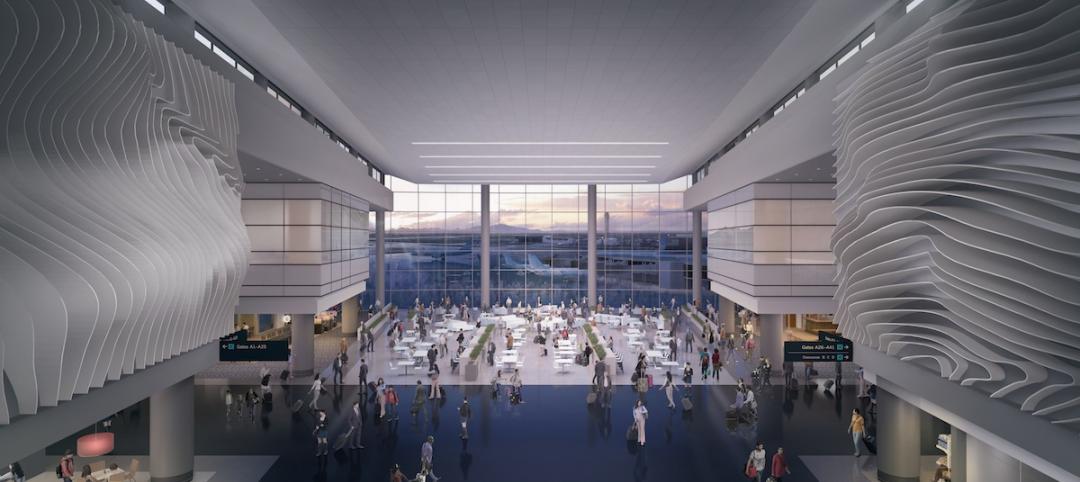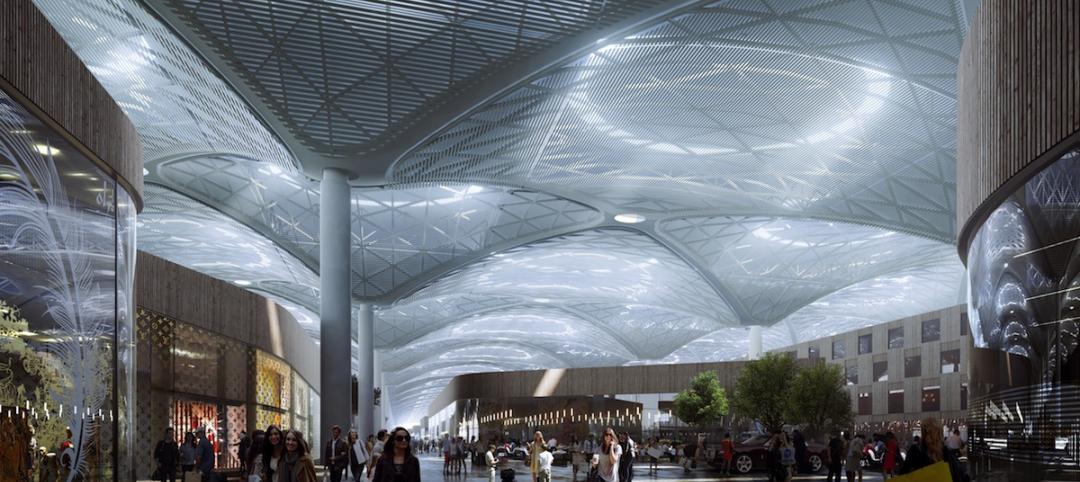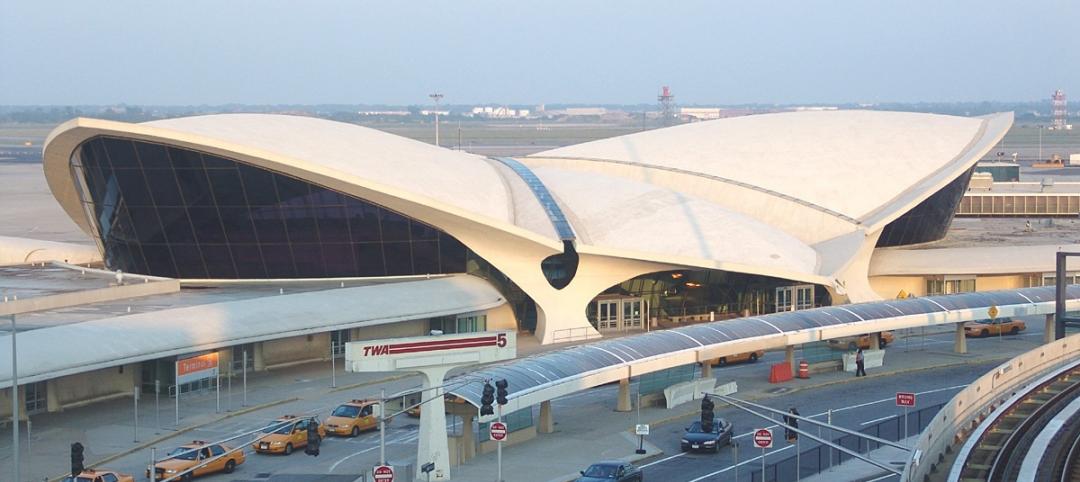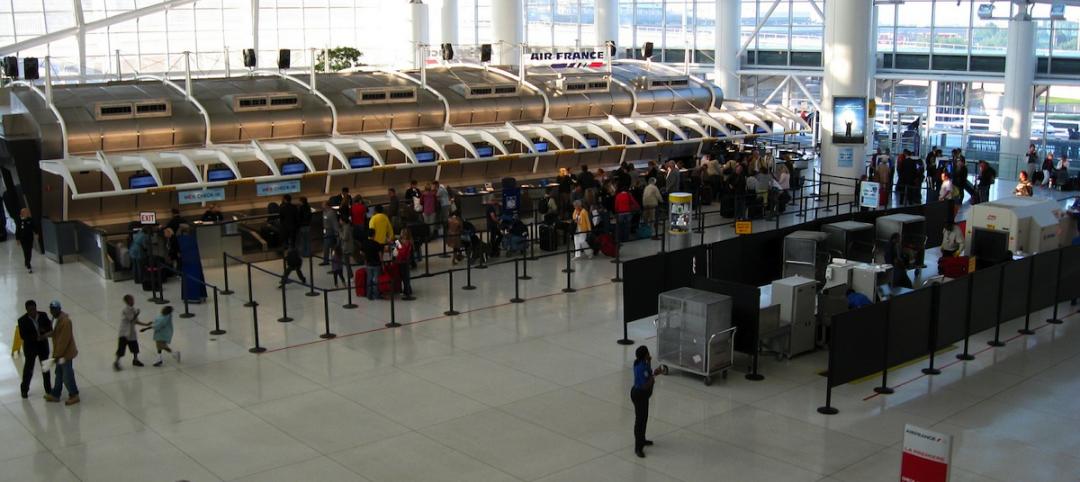Construction costs in North America rose for the 22nd consecutive month in November as labor costs continued to increase, amid growing industry concern over the tight availability of skilled workers.
The Engineering and Construction Cost Index (ECCI) registered 53.2 percent in November, up from 52.6 percent in October, according to IHS Inc. (NYSE: IHS) and the Procurement Executives Group (PEG). The ECCI indicates that construction costs in North America have been on the rise for nearly two years since January 2012.
The attached figure presents the monthly results of the ECCI. A number higher than 50 indicates a monthly increase in prices paid, while a reading lower than 50 shows a price decline.
The index divides construction costs into two major categories: materials/equipment and subcontractor labor. With the materials/equipment portion of the index hovering near 50 since April, it was the labor segment that drove the increase for the month.
The current subcontractor labor index climbed to 58.5 percent, up from 56.4 percent last month, with the strongest gains in November concentrated in Western Canada as well as in the southern and western regions of the United States.
Shale shock
The shale gas boom in the United States is playing a major role in driving increased spending on construction and rising costs for associated labor in North America.
“Labor concerns have been reported in the U.S. Gulf Coast, where demand from new downstream energy projects is expected to increase,” said Laura Hodges, director of the pricing and purchasing service at IHS. “Some in the industry are even suggesting shortages of skilled laborers such as welders and pipefitters in 2014 because of increasing investment in such projects.”
For several years, materials costs were the major factor driving up expenses for North American construction firms, as China’s economic boom ate up the available global supply. However, as China’s growth has slowed, the focus has shifted from materials to labor.
North American construction companies now say their main concern is the continued increase in labor costs. With U.S. spending on construction on the rise and skilled workers aging, the availability of skilled laborers is likely to become tighter.
While costs for these skilled laborers are on the increase, the wage inflation is not likely to climb as high as it did in 2007, when a strong U.S. economy spurred double-digit annual pay increases for these skilled areas. This is largely because the strength of the U.S. economy is not as uniform as it was 2007 and employers are investing in training and mentoring programs to be prepared for this next wave of activity.
The material world
Looking at the material/equipment segment of the ECCI, November recorded the seventh consecutive month of falling prices for carbon steel pipe and a fourth month of declining freight rates between Asia and the United States. Copper-based wire and cable and fabricated structural steel also joined the ranks of falling prices in November and moved below the 50-percent threshold.
About the ECCI
The IHS/PEG Engineering and Construction Cost Index (ECCI) is a diffusion index based on data independently obtained and compiled by IHS from the procurement executives of leading engineering, procurement, and construction firms. The headline index tracks industry-specific trends and variations, identifying market turning points for key projects, and is intended to act as a leading indicator for wage and material inflation specific to this industry.
Each survey response is weighted equally for every $2 billion in spending in North America. Respondents are asked whether prices—either actual paid transactions or company-informed transactions—during the current month for individual materials, equipment, and regional subcontractor rates, were higher, lower or the same as the prior month.
Respondents are then asked for their six-month pricing expectations among these same subcategories. The results are compiled into diffusion indexes, in which a reading greater than 50 represents upward pricing strength and a reading below 50 represents downward pricing strength.
Related Stories
Metals | Jan 19, 2016
6 ways to use metal screens and mesh for best effect
From airy façades to wire mesh ceilings to screening walls, these projects show off the design possibilities with metal.
| Jan 14, 2016
How to succeed with EIFS: exterior insulation and finish systems
This AIA CES Discovery course discusses the six elements of an EIFS wall assembly; common EIFS failures and how to prevent them; and EIFS and sustainability.
Airports | Dec 13, 2015
Skybridge connects a terminal and airport on each side of the U.S.-Mexico border
Cross Border Xpress is the first phase of a larger development that will include hotels and offices.
Airports | Dec 4, 2015
National Fire Protection Association drops ban on glass boarding bridges
U.S. airports can now use more aesthetically pleasing building-to-plane links.
Airports | Oct 30, 2015
HOK designs new terminal for Salt Lake City International Airport
The $1.8 billion building will have floor-to-ceiling windows, a spacious central "Canyon," and energy-efficient systems. It will open in 2020.
Airports | Oct 5, 2015
Perkins+Will selected to design Istanbul’s 'Airport City'
The mixed-use development will be adjacent to the Istanbul New Airport, which is currently under construction.
Airports | Sep 30, 2015
Takeoff! 5 ways high-flyin' airports are designing for rapid growth
Nimble designs, and technology that humanizes the passenger experience, are letting airports concentrate on providing service and generating revenue.
Airports | Sep 23, 2015
JFK Airport's dormant TWA terminal will be reborn as a hotel
After 15 years of disuse, the Googie architecture-inspired TWA Flight Center at New York’s John F. Kennedy International Airport will be transformed into a hotel. Gizmodo reports that the city’s Port Authority chose a renovation proposal from Jet Blue this week.
Giants 400 | Sep 17, 2015
AIRPORT SECTOR GIANTS: KPF, Hensel Phelps, Jacobs top rankings of nation's largest airport terminal sector AEC firms
BD+C's rankings of the nation's largest airport terminal sector design and construction firms, as reported in the 2015 Giants 300 Report.
Airports | Aug 31, 2015
Surveys gauge users’ satisfaction with airports
Several surveys gauge passenger satisfaction with airports, as flyers and airlines weigh in on technology, security, and renovations.



